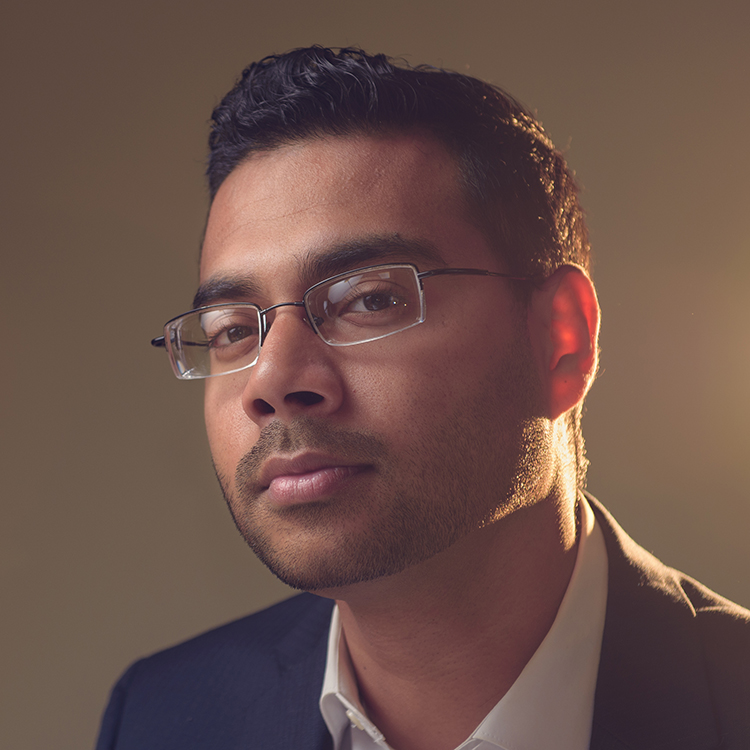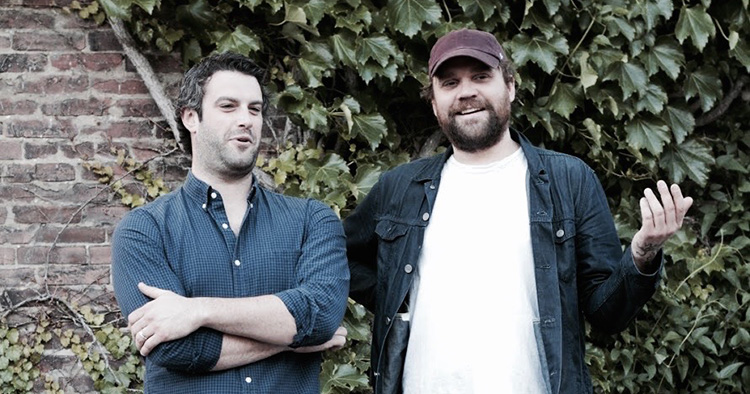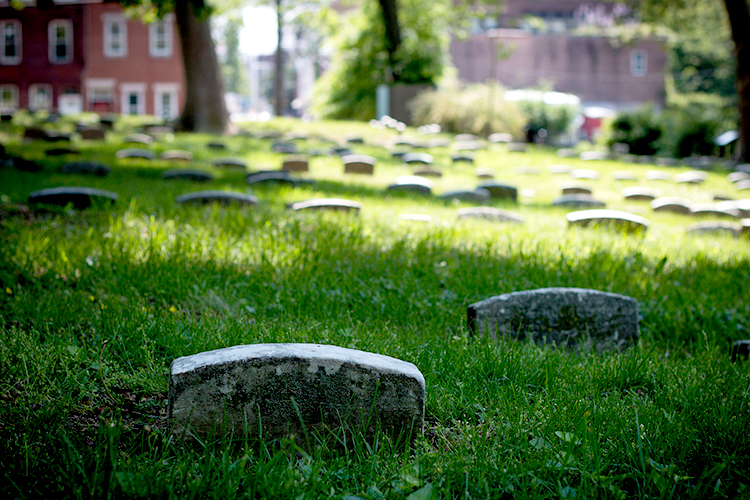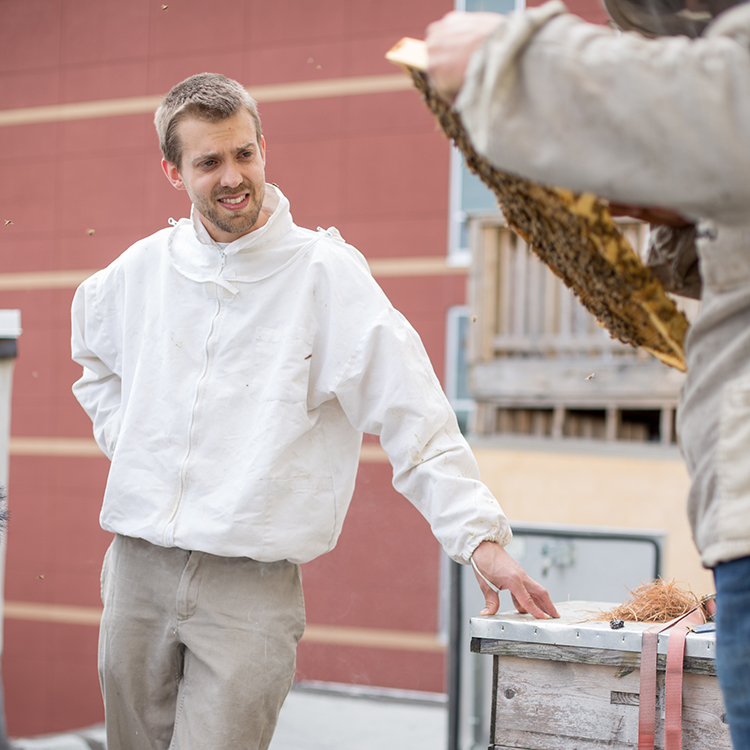Can the legal system improve the quality of public education? A Pennsylvania Supreme Court case gives cause for optimism. But first, let’s review how the system works now.
In the United States, your Zip code determines whether or not you have access to high-quality education. According to an NPR investigative study, a wide disparity in educational outcomes across socioeconomic lines remains the norm.
This disparity is largely due to a national trend of over-reliance on local property taxes to fund schools. State governments provide minimal funding to public schools, leaving individual districts to tax local homeowners to make up the difference.
One problem with this system is that property values vary drastically from one locality to another and so do tax revenues.
Pennsylvania has a higher difference between well-funded schools and poorly funded schools than any other state in the country. Pennsylvania also ranks 47th out of 50 states, according to U.S. census data, in the portion of education spending that is covered by state funds. This scheme is fundamentally unfair to students living in low-income districts.
I attended one of these poorly funded public school districts. Both of my younger siblings and I graduated from the Norristown Area School District. We shared textbooks, did not have access to quality after-school programming and constantly had substitute teachers. Meanwhile, I could walk less than 2 miles, to Methacton and Upper Merion school districts, where my peers in their well-heeled neighborhoods had the best of public education.
It’s been 10 years since I graduated, but not much has changed. A recent presentation at the school board meeting in Norristown confirmed that 71 percent of its funding is local, while only 24 percent is state-funded and 5 percent comes from the federal government. While the state gives less, it demands more. Pennsylvania requires that districts comply with various mandates like pension costs, special education, counseling and services for homeless youth, which are all severely underfunded across public school districts. On average, states across the country cover 45.2 percent of school funding costs. However, our commonwealth currently covers only 24 percent of NASD’s costs.
Pennsylvania is breaking new grounds with a major state Supreme Court opinion, ordering the Commonwealth Court to hold a trial for William Penn School District, et al. v. Pennsylvania Dept. of Education, et al. In this landmark case, plaintiffs are challenging the Legislature and the governor, claiming that the current funding formula violates Pennsylvania’s Education Clause, which requires the General Assembly to “provide for the maintenance and support of a thorough and efficient system of public education.”
Pennsylvania is in a unique position to demand these changes. We have some of the best-performing schools in the country and, unfortunately, some of the worst. We know the difference between these schools is not the quality of students, or their educators, but rather the opportunities available for them. I know personally because I had some of the most caring teachers who wanted nothing but the best for me and my classmates. But they can only do so much with good intentions. Increased investments from the state can help provide much needed after-school programming and support staff for poor school districts like Norristown, while remaining true to the Legislature’s constitutional obligations.
We can only succeed as a society if our kids have access to the opportunities they were promised. It should be illegal to shortchange our kids by underfunding schools, and, with a little luck, pretty soon it may be.
Akbar Hossain writes about community engagement, immigrants’ rights and access to education.







